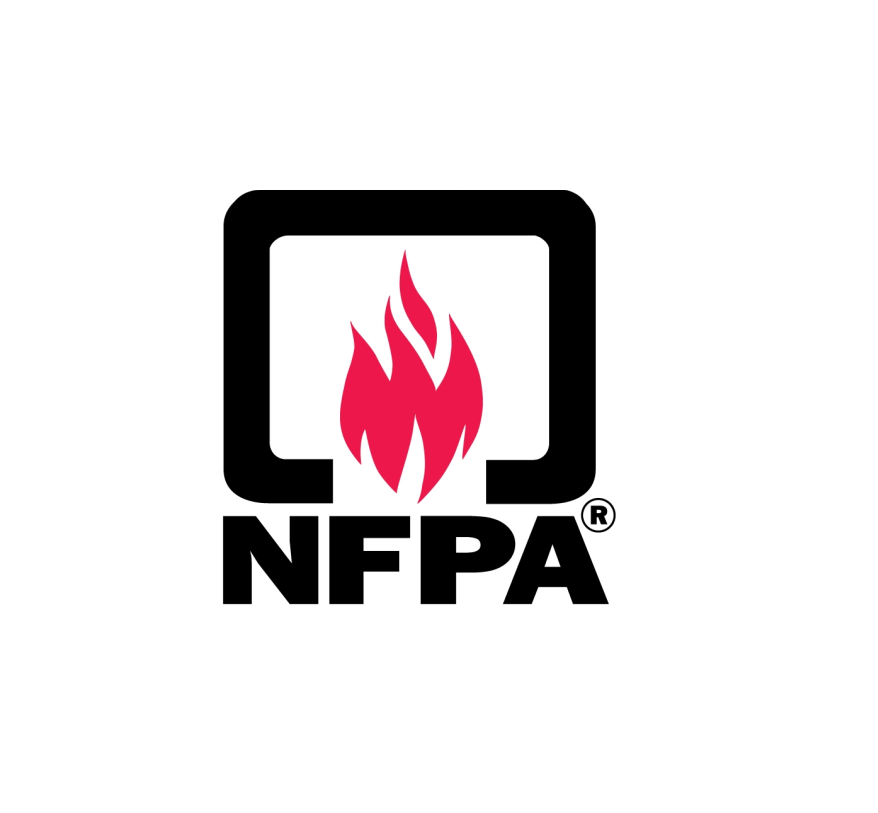
NFPA-funded study proposes framework for quantifying environmental impact of fires and identifies research gaps. As above, most of the c. 60 references concern environmental impacts of wildfires or of major fire incidents, fire statistics reports or ISO methodologies. Several cited papers are analysed in the Supplementary Information, in particular comparative environmental impact analysis of fires with/without automatic sprinklers (FM Global: Gritzo 2011, Wieczorek 2010) and of warehouse sprinklers (Fraser-Mitchell 2013) and Source: ISO 26367-2: Guidelines for Assessing the Adverse Environmental Impact of Fire Effluents Part 2: Methodology for compiling environmentally significant emissions from fires. Also as above, several McNamee-Simonson et al. papers are cited which propose a guidance framework for fire-LCA and present fire-LCA studies on TVs, cables and furniture, (in additional to those indicated in the article above: 2001, 2004) which proposes a guidance framework for fire-LCA. The study concludes that significant information is available concerning environmental impacts of fires, but it is not complete and means are not available for its use in decision making. Environmental impacts of building fires are very different from wildfires. Research gaps are identified: data of environmental impact for smaller fires (most data comes a few major fire incidents), data on impacts of burning building contents, impacts of flame retardants in burned materials, data from countries other than the USA, tools to include fire impacts in EIA (Environmental Impact Assessment) of buildings, environmental risk assessment tools for fire services.
Review “Environmental impact of fire”, D. Martin, M. Tomida, B. Meacham, ARUP and Worcester Polytechnic Institute USA Martin et al. Fire Science Reviews (2016) 5:5, http://dx.doi.org/10.1186/s40038-016-0014-1